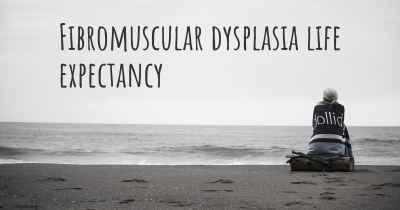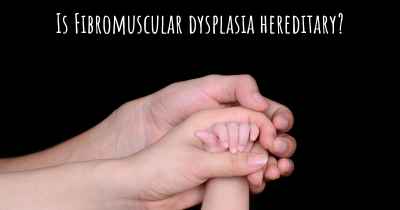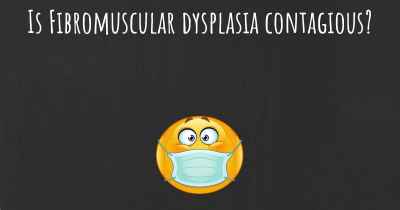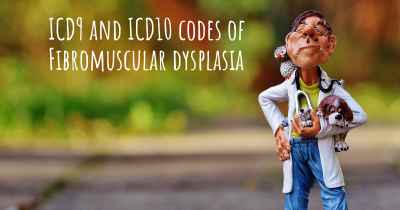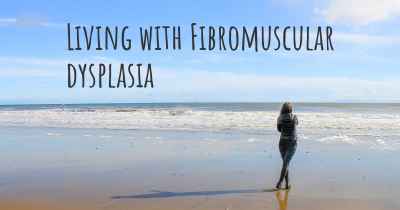How is Fibromuscular dysplasia diagnosed?
See how Fibromuscular dysplasia is diagnosed. Which specialists are essential to meet, what tests are needed and other useful information for the diagnosis of Fibromuscular dysplasia
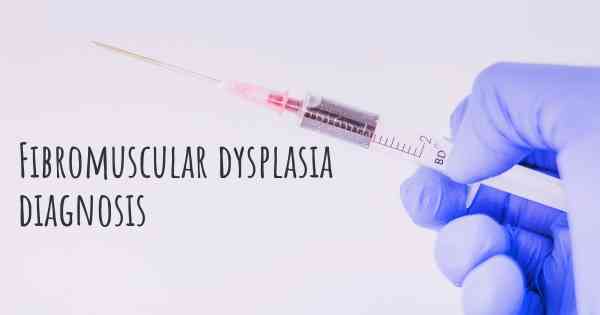
Diagnosis of Fibromuscular Dysplasia
Fibromuscular dysplasia (FMD) is a rare vascular disorder that primarily affects the medium-sized arteries in the body. It is characterized by abnormal cell growth in the arterial walls, leading to the formation of fibrous tissue and narrowing of the blood vessels. FMD can occur in various parts of the body, including the renal arteries, carotid arteries, mesenteric arteries, and others.
Diagnosing FMD can be challenging due to its diverse clinical presentations and the lack of specific symptoms. However, there are several diagnostic methods that healthcare professionals utilize to identify and confirm the presence of FMD.
Medical History and Physical Examination
The initial step in diagnosing FMD involves taking a detailed medical history and conducting a thorough physical examination. The healthcare provider will inquire about the patient's symptoms, medical conditions, and family history of vascular diseases. They will also assess the patient's blood pressure, pulse, and listen for any abnormal sounds in the arteries.
Imaging Tests
Imaging tests play a crucial role in diagnosing FMD by providing visual evidence of arterial abnormalities. The following imaging techniques are commonly used:
Angiography
Angiography is considered the gold standard for diagnosing FMD. It involves injecting a contrast dye into the arteries and taking X-ray images to visualize the blood vessels. Angiography can identify the characteristic "string of beads" appearance caused by the arterial narrowing and dilation associated with FMD.
Doppler Ultrasound
Doppler ultrasound uses sound waves to create images of the blood vessels and measure blood flow. It can help identify any abnormalities in the arterial walls and detect changes in blood flow patterns caused by FMD.
Magnetic Resonance Angiography (MRA)
Magnetic resonance angiography (MRA) is a non-invasive imaging technique that uses magnetic fields and radio waves to produce detailed images of the blood vessels. MRA can provide information about the structure and function of the arteries affected by FMD.
Computed Tomography Angiography (CTA)
Computed tomography angiography (CTA) combines X-ray technology with computerized imaging to create detailed cross-sectional images of the blood vessels. CTA can help visualize the arterial abnormalities associated with FMD.
Other Diagnostic Tests
In addition to imaging tests, healthcare providers may perform other diagnostic procedures to confirm the presence of FMD and assess its impact on the patient's health:
Blood Tests
Blood tests are generally performed to rule out other potential causes of symptoms and to evaluate the patient's overall health. These tests may include a complete blood count (CBC), lipid profile, kidney function tests, and other relevant markers.
Renal Artery Duplex Ultrasound
If FMD is suspected in the renal arteries, a renal artery duplex ultrasound may be performed. This test uses ultrasound to evaluate the blood flow and structure of the renal arteries.
Biopsy
In rare cases, a biopsy may be performed to obtain a small sample of the affected arterial tissue for further analysis. This is usually done when other diagnostic methods are inconclusive or when FMD is suspected in atypical locations.
Collaboration with Specialists
Diagnosing and managing FMD often requires a multidisciplinary approach involving various medical specialists. Depending on the affected arteries and associated symptoms, healthcare providers may collaborate with cardiologists, nephrologists, neurologists, and other relevant specialists to ensure accurate diagnosis and appropriate treatment.
Conclusion
Diagnosing fibromuscular dysplasia involves a combination of medical history assessment, physical examination, and various imaging tests. The gold standard for diagnosis is angiography, which can reveal the characteristic arterial abnormalities associated with FMD. Other imaging techniques, such as Doppler ultrasound, MRA, and CTA, can also provide valuable information. Blood tests and, in some cases, renal artery duplex ultrasound or biopsy may be performed to support the diagnosis. Collaboration between healthcare providers and specialists is crucial to accurately diagnose FMD and develop an effective treatment plan.
Angiograms will give true picture and MRI/MRA helpful
Posted May 19, 2017 by SED 2000
Posted Sep 10, 2017 by Maria Cristina 2500
Posted Feb 21, 2018 by Jennyka 1000
Posted Jan 10, 2019 by Donna 2500
